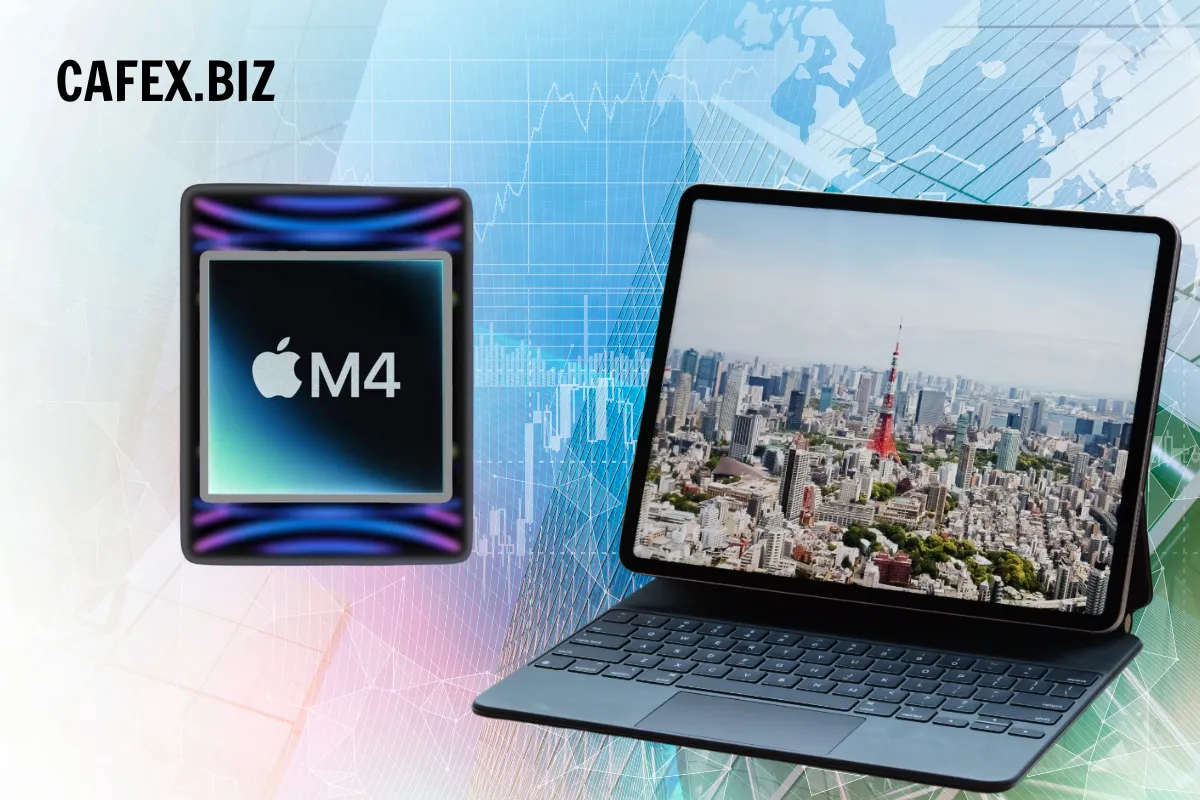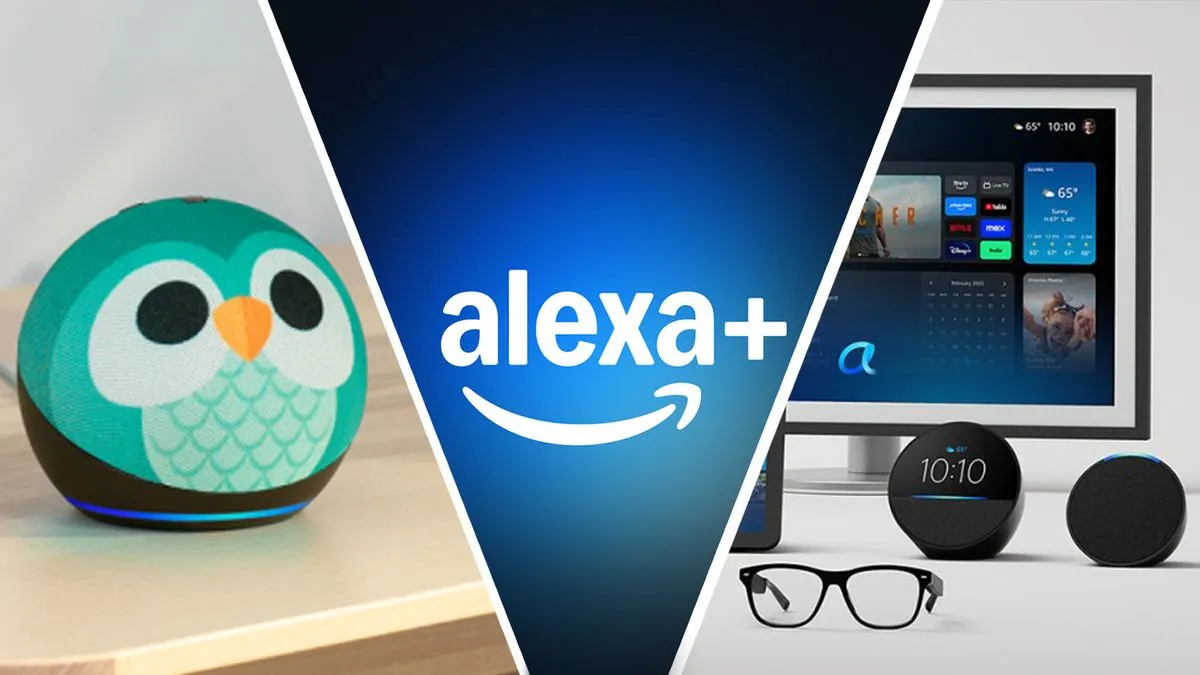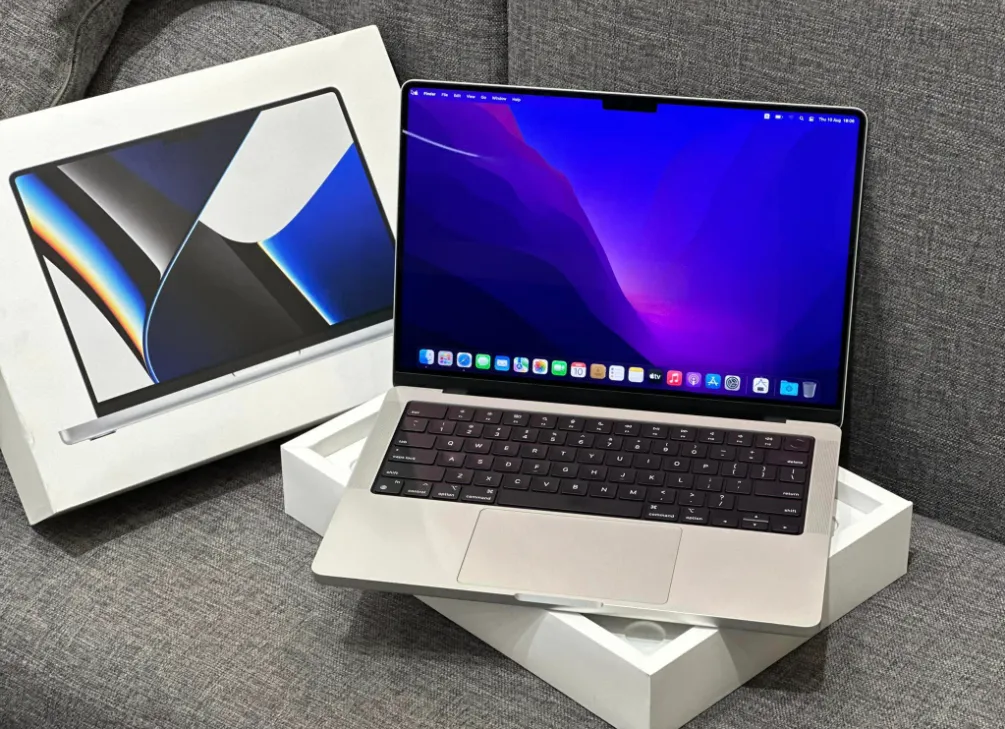When you buy or install an Nvidia graphics card, you also need something just as essential: the Nvidia Graphics Driver. It might not be as flashy as the hardware itself, but without the right driver, your powerful graphics card won’t work properly—or sometimes won’t work at all.
In this article, we’ll explain what the Nvidia Graphics Driver is, why it’s important, how it works, and how to update or troubleshoot it. Whether you’re a gamer, a creative professional, or just want your PC to run smoothly, understanding your Nvidia Graphics Driver will help you get the best performance from your system.
Understanding What a Graphics Driver Is
![NVIDIA là gì? Các dòng sản phẩm nổi bật nhất của NVIDIA]()
A graphics driver is a small piece of software that acts as a translator between your computer’s operating system and the graphics card (GPU) you have installed.
Without a driver, your computer wouldn’t know how to communicate with the GPU. The result? No display output or extremely poor performance. The driver provides the specific instructions your GPU needs to render graphics, play videos, and run games or 3D applications.
For Nvidia graphics cards, this software is known as the Nvidia Graphics Driver.
What Is the Nvidia Graphics Driver?
The Nvidia Graphics Driver is Nvidia’s official software that enables communication between your Nvidia GPU and your operating system (Windows, Linux, etc.).
It is updated frequently to:
-
Improve compatibility with new games and applications
-
Fix bugs or stability issues
-
Add support for new GPU models
-
Optimize performance and efficiency
-
Patch security vulnerabilities
Think of the driver as the brain that tells your GPU how to behave. Without the correct and up-to-date driver, even the most powerful Nvidia graphics card can underperform or cause crashes, stuttering, and other graphical issues.
Why the Nvidia Graphics Driver Is So Important
There are several reasons why having a working and up-to-date Nvidia Graphics Driver matters:
-
Performance Optimization
Nvidia frequently releases driver updates timed with major game launches. These updates include optimizations that make games run smoother and faster on Nvidia hardware. -
Bug Fixes
Like all software, drivers can have bugs. New driver versions often fix known issues such as crashes, graphical glitches, or system freezes. -
Security Patches
Vulnerabilities in GPU drivers can be exploited by attackers. Keeping your Nvidia Graphics Driver updated ensures you receive the latest security patches. -
New Features
Nvidia sometimes adds new technologies or features (like DLSS, RTX ray tracing optimizations, or support for new APIs like Vulkan and DirectX versions) through driver updates. -
Compatibility
Updated drivers ensure your GPU remains compatible with the latest versions of operating systems and creative software.
How to Check Your Nvidia Graphics Driver Version
If you want to see which version of the Nvidia Graphics Driver you currently have installed:
-
Windows
-
Right-click your desktop → select NVIDIA Control Panel
-
Go to Help > System Information
-
Look at the Driver Version line
-
-
Alternative Method
-
Press Win + R → type
dxdiag→ check the Display tab for driver info
-
This is useful to confirm if your driver is outdated and needs updating.
How to Update the Nvidia Graphics Driver

There are several safe ways to update your Nvidia Graphics Driver:
-
GeForce Experience App (Recommended)
-
Download and install Nvidia’s GeForce Experience
-
It automatically notifies you about new drivers and lets you update with one click
-
-
Manual Download from Nvidia’s Website
-
Visit the official Nvidia Driver Downloads page
-
Select your GPU model and operating system
-
Download and install the latest Game Ready or Studio driver
-
-
Windows Update (Less Reliable)
-
Sometimes Windows Update installs basic Nvidia drivers, but they may be outdated
-
For gamers, Game Ready Drivers are best. For creative professionals using software like Adobe Premiere or Blender, Studio Drivers are optimized for stability and performance.
Troubleshooting Nvidia Graphics Driver Issues
Sometimes, you might face problems after installing or updating a driver. Common issues include crashes, black screens, or performance drops. Here’s what you can do:
-
Clean Install
When installing a new driver, choose the Custom (Advanced) installation option, then check Perform a clean installation. This resets settings and removes old driver remnants. -
Use DDU (Display Driver Uninstaller)
If the normal uninstall doesn’t work, use the free DDU tool to completely remove all traces of Nvidia drivers, then reinstall. -
Roll Back to Previous Driver
If a new driver causes problems, go to Device Manager → Display Adapters → Nvidia GPU → Properties → Driver → Roll Back Driver. -
Check Hardware
Make sure your GPU is properly seated and your system isn’t overheating.
Nvidia Graphics Driver vs Graphics Card
It’s important to understand that your Nvidia GPU (hardware) and the Nvidia Graphics Driver (software) are different things:
-
The GPU is the physical chip/card inside your computer.
-
The driver is the software that allows your OS to use the GPU effectively.
Buying a powerful GPU without installing the proper driver is like buying a sports car with no fuel—it won’t go anywhere.
The Nvidia Graphics Driver is a vital piece of software that allows your Nvidia GPU to deliver its full potential. Without it, your games may stutter, creative apps may crash, and your PC may run slower than it should.
Keeping your driver up to date is simple, free, and highly recommended. Whether you use your PC for gaming, design, or everyday tasks, the right driver ensures your system stays stable, secure, and fast.
If you own an Nvidia graphics card, check your driver version today—you might be just one update away from unlocking better performance.





-1711438526-q80.webp)